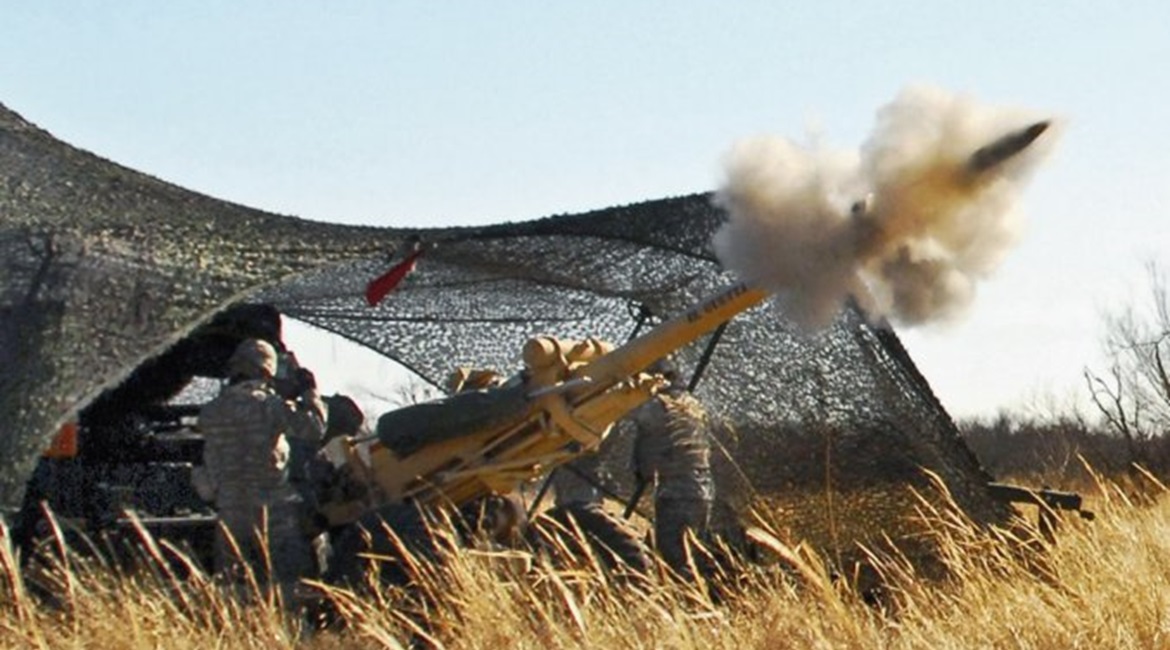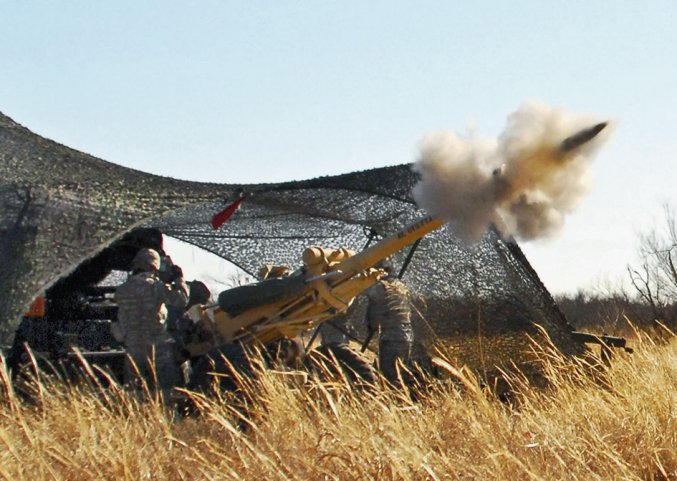
The US Army is calling on industry to propose innovative, mobile camouflage systems (MCSs) that will better conceal its moving ground combat vehicles.
On 27 July the service announced that it was seeking MCS white papers ahead of a potential prototyping competition and gave industry until 8 August to respond.
“Ground combat vehicles, as key battlefield enablers, require additional signature management capability to ensure survivability and effectiveness,” the army wrote. “Beyond paint, the current methods of protecting combat vehicles on the move, or in hasty halt positions, include affixing either organic material, like freshly-cut branches, or scraps of Ultra-Lightweight Camouflage Net System (ULCANS) netting to the top and sides of the vehicles’ exterior.”
However, these methods only provide “limited (if any) visual signature suppression”, and do not provide moving vehicles with the “durable signature suppression” required for “ensured soldier survivability”, the service explained.

Saab Barracuda’s ULCANS is pictured here. The US Army is looking for a mobile camouflage system that it can use in conjunction with ULCANS. (Saab Barracuda)
The army envisions that MCSs will provide operational units with “layered protection” and concealment against long-range precision fires, ground vehicles, aerial platforms, and satellite threats. To achieve this, the new camouflage should include multispectral sensors capable of detecting combinations of bands including ultraviolet, visual, near-infrared, shortwave, midwave, and longwave infrared, along with radar between 1 and 100 GHz.
“Thermal signature suppression is required, with an increased focus on high-heat and high-friction areas of interest such as exhaust, hubs, engine heat, and wheels,” the army added. “Priority is placed on a reduction of platform identification by disrupting the vehicle’s shape and profile, and increasing its ability to blend with background vegetation.”
Looking to read the full article?
Gain unlimited access to Janes news and more...






